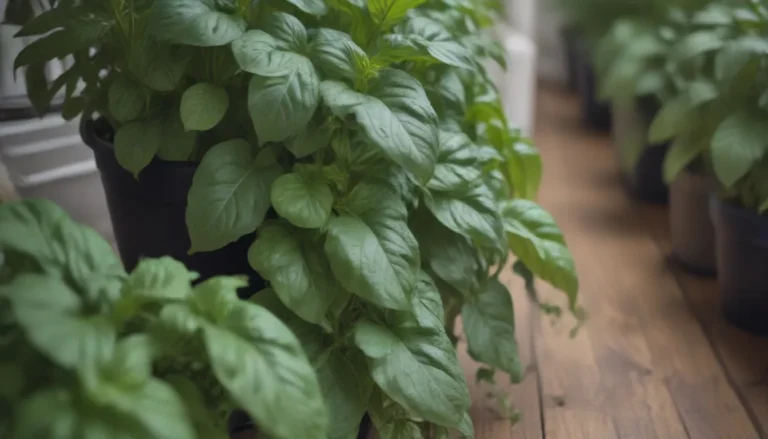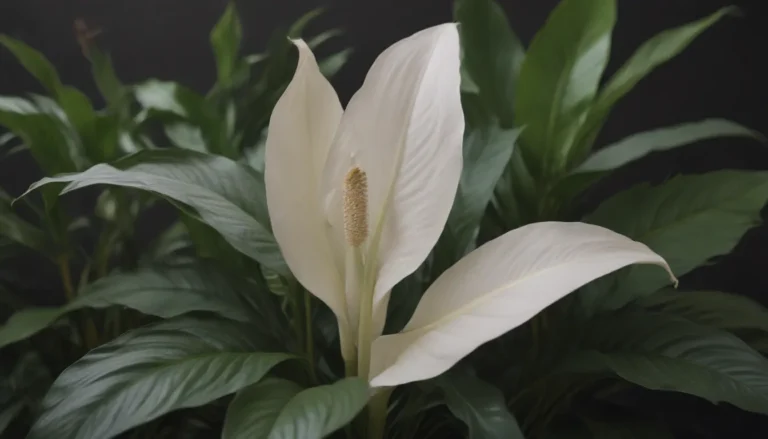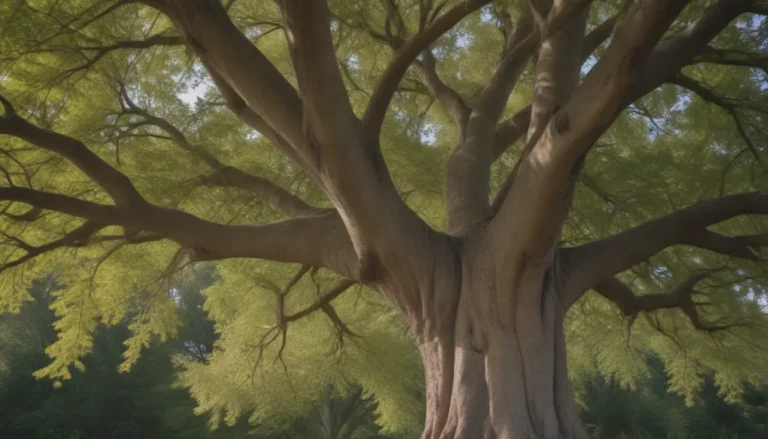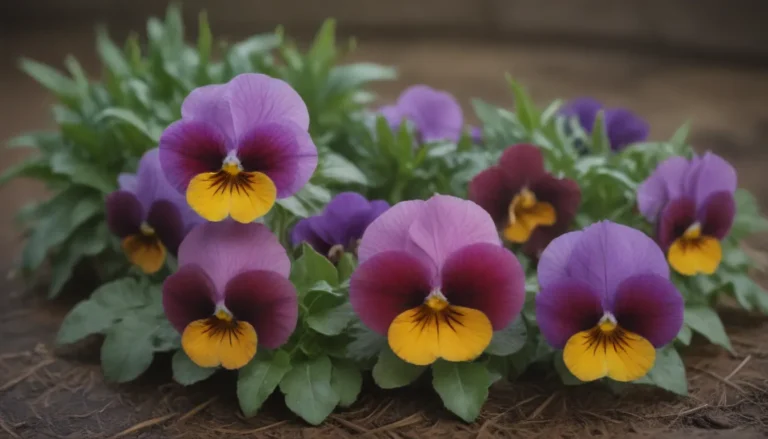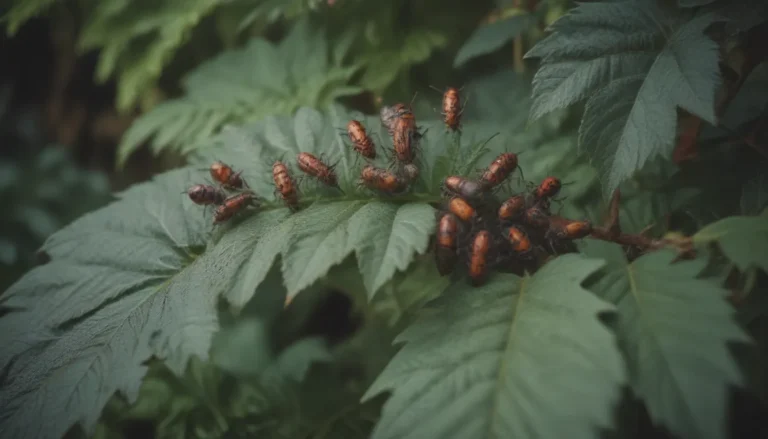A Comprehensive Guide to Growing and Caring for Calathea Beauty Star Plants
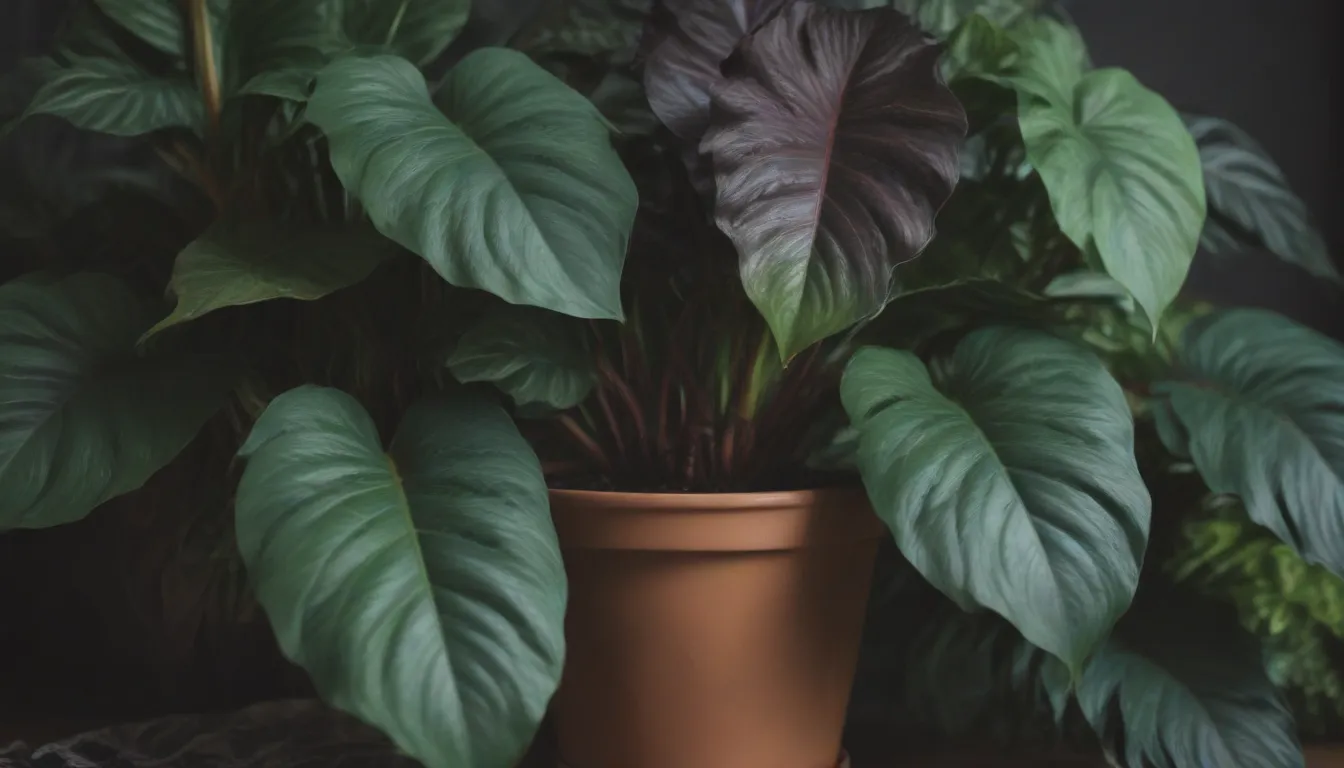
Are you drawn to the stunning foliage of Calathea Beauty Star plants but unsure how to properly care for them? Look no further! In this detailed guide, we will explore everything you need to know to keep your Calathea Beauty Star thriving and beautiful. From light and soil requirements to pruning and common problems, we’ve got you covered. So grab your gardening gloves and let’s dive in!
Introduction to Calathea Beauty Star
Calathea Beauty Star, a cultivar of Calathea Ornata, is a tropical plant known for its bold and vibrant foliage. The dark green leaves are adorned with brushstrokes of lime green, pink, and white splashes, creating a visually striking appearance. Flip the leaves over, and you’ll discover a rich dark purple underside that steals the show when the leaves curl slightly each evening. While this plant is a favorite among houseplant enthusiasts for its beauty, it can be a bit finicky when it comes to indoor care.
Calathea Beauty Star Care Tips
Here are the essential care requirements for growing a healthy and happy Calathea Beauty Star plant:
Light
- Requirement:
- Calathea Beauty Star plants thrive in bright, indirect sunlight.
- Avoid direct afternoon sunlight, as it can cause the leaves to scorch.
- Tip: Ensure your plant receives softer morning light for optimal growth.
Soil
- Requirement:
- Use a well-draining potting mix that can retain moisture consistently.
- Tip: Keep the soil consistently moist but avoid letting it get soggy.
Water
- Requirement:
- Water your Calathea Beauty Star whenever the top inch of soil dries out.
- Prevent overwatering to avoid root rot.
- Tip: Use distilled water or let tap water stand overnight to remove chlorine and fluoride that can harm the plant.
Temperature and Humidity
- Requirement:
- Maintain temperatures between 60 and 80 degrees Fahrenheit for optimal growth.
- Calathea Beauty Star plants thrive in a warm and humid environment.
- Tip: Mist the plant regularly to increase humidity levels if needed.
Fertilizer
- Requirement:
- Use a general fertilizer once a month during the growing season (spring and summer).
- Avoid fertilizing during the fall and winter months.
- Tip: Feed your plant with a balanced fertilizer to support healthy growth.
Pruning and Propagating Calathea Beauty Star
Pruning
- Requirement:
- Calathea Beauty Star plants rarely need pruning.
- Remove any old or damaged leaves to promote plant health.
- Tip: Prune any brown, yellow, or drooping leaves for a neat appearance.
Propagating
- Requirement:
- Propagate your Calathea Beauty Star through root division.
- Divide the plant during its active growing season in early spring.
- Tip: Use a sharp, clean knife and provide proper care for new divisions to ensure successful propagation.
Potting and Repotting
- Requirement:
- Calathea Beauty Star is slow-growing and may not need frequent repotting.
- Choose a larger pot if necessary and refresh the potting mix during repotting.
- Tip: Monitor the roots for signs of overcrowding and repot as needed for optimal growth.
Addressing Common Pests and Problems
Common Pests
- Pests:
- Calathea Beauty Star plants can attract spider mites and mealybugs.
- Use neem oil to deter pests or remove damaged leaves.
- Tip: Keep an eye out for early signs of infestation and take prompt action.
Common Problems
- Fading Leaves:
- Cause: Excessive sunlight.
-
Solution: Ensure the plant receives bright, indirect light to maintain vibrant foliage.
-
Burned Edges:
- Cause: Chlorine and fluoride in tap water.
-
Solution: Use distilled water or let tap water sit overnight before watering.
-
Droopy Stems and Leaves:
- Cause: Overwatering.
-
Solution: Reduce watering frequency to prevent root rot.
-
Brown, Curling Leaves:
- Cause: Insufficient moisture.
- Solution: Water the plant adequately to keep the soil consistently moist.
Additional Facts and Benefits of Calathea Beauty Star
- Prayer Plant:
- Calathea Beauty Star belongs to the group of prayer plants that fold their leaves at night.
-
This unique behavior adds to the plant’s charm and allure.
-
Pet-Friendly:
- Calathea Beauty Star is non-toxic to both dogs and cats.
- Enjoy the beauty of this plant without worrying about pet safety.
In conclusion, nurturing a Calathea Beauty Star plant requires attention to detail and a bit of patience. By following the care tips outlined in this guide, you can create an optimal environment for your plant to thrive. Remember to monitor light, water, temperature, and humidity levels regularly to ensure the health and beauty of your Calathea Beauty Star. Happy gardening!
